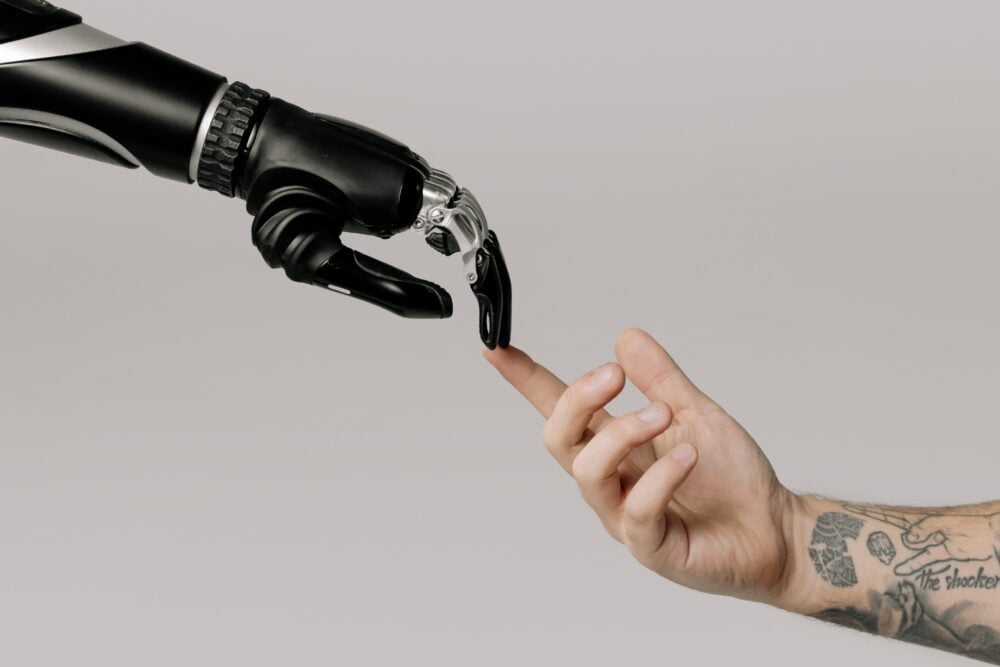In summary…
- AI is replacing many jobs, raising concerns about authenticity and ethics
- AI-powered voiceover technology lacks emotional depth and authenticity of human voice actors
- We believe in using technology responsibly and will continue to use a balance of AI-powered and human-driven processes to provide the best service
Artificial Intelligence (AI) has become an increasingly popular tool in many industries, from healthcare to finance, and even entertainment. These days, a small handheld machine can detect skin cancers far more accurately than humans have ever been able to. With technology offering the human race all of these amazing benefits, so why is it harmful for voice artists?
There are many pros to using AI, and you can use it for just about anything these days. From detecting moles to nailing a spreadsheet if you’ve got no spreadsheet experience! AI can automate repetitive and time-consuming tasks, allowing businesses to save time and increase productivity, it can reduce costs for businesses, and it’ll personalise the user experience so your customers and audience don’t feel like they’re reading AI.
However, the growing offerings of AI have come with a raft of concerns. Many jobs are pegged to be easily replaced once this technology becomes more widely used, including graphic designers, copywriters and even voice over artists. It also poses many questions around authenticity and ethics.
One of Tandem’s original business partners, Toby Ricketts, recently spoke to Stuff about the risks of AI on the art of voiceover, a key offering at Tandem. The article notes that AI-powered voiceover technology is becoming increasingly popular in the media industry, with some companies claiming that it can generate a voiceover in a matter of seconds. Toby argues that AI-powered voiceover technology lacks the emotional depth and authenticity of a human voice actor. While AI can generate accurate and clear speech, it may not be able to convey the same level of nuance and emotion that a human actor can. Perhaps the most well known cases of this in recent years are “deepfakes”, which could potentially misuse this technology for malicious purposes. AI-powered voiceover technology could be used to create deepfake videos, which could be used for harmful purposes such as spreading misinformation or disinformation.
As a digital production studio, Takirua Tandem Media is always needing to keep up to date with new technology. But we are constantly having to be aware of how to use it responsibly. We will recommend quality over price every time, even if it makes our jobs easier!
We’d love to keep the conversation going as it’s an important one to have, but for now we’ll be keeping a healthy balance between AI-powered technology and our usual human-driven processes to continue to provide the best possible service to our clients.
AI did help us write this blog – did you notice?

